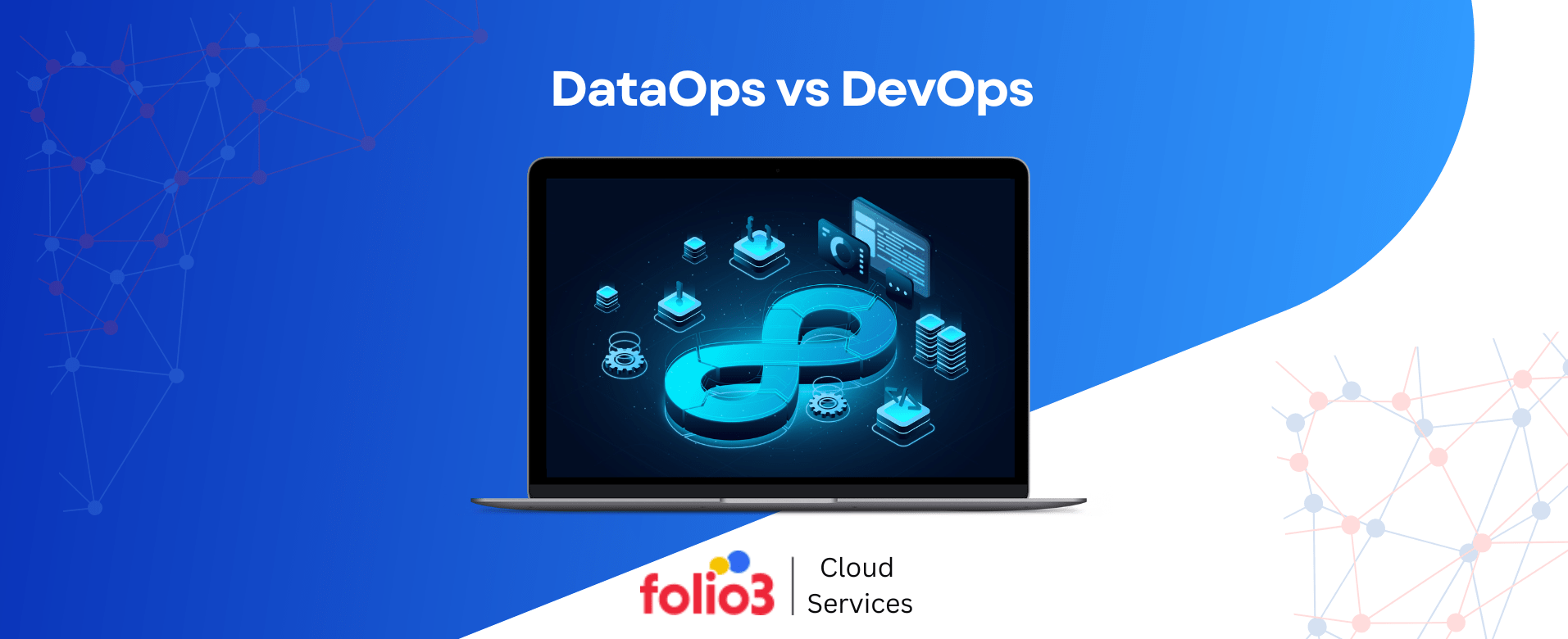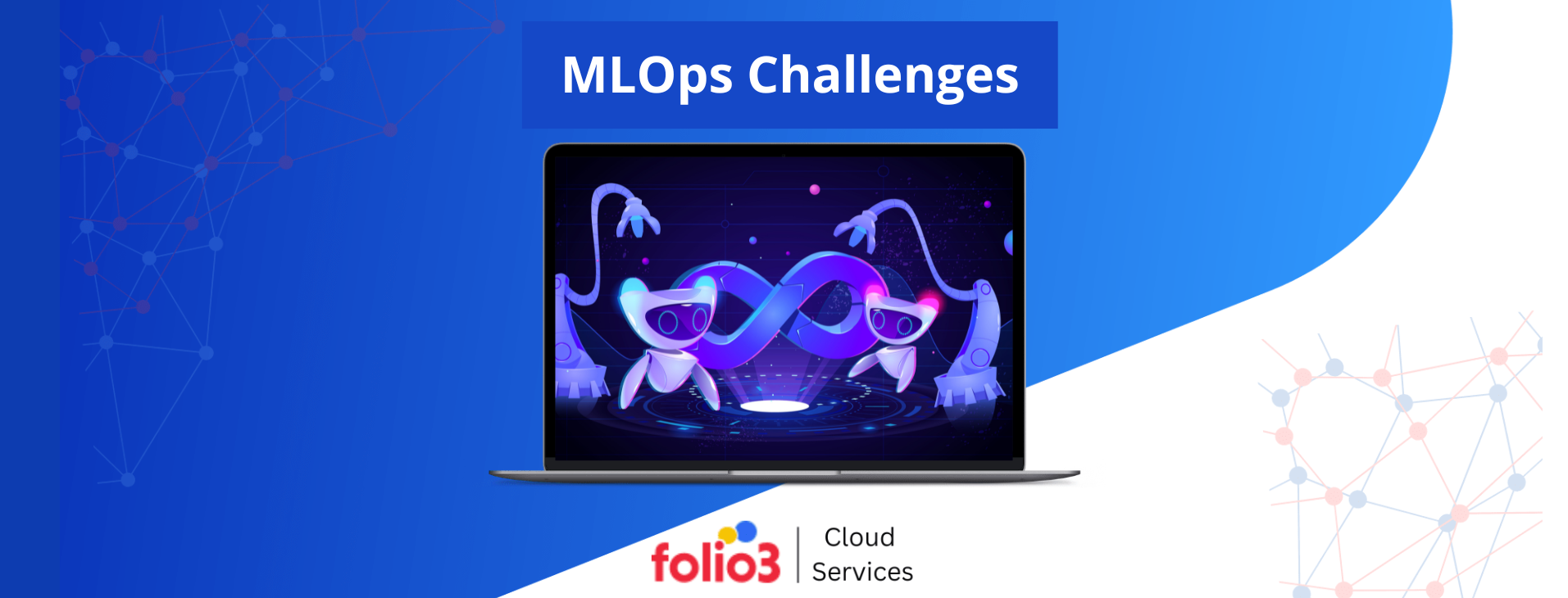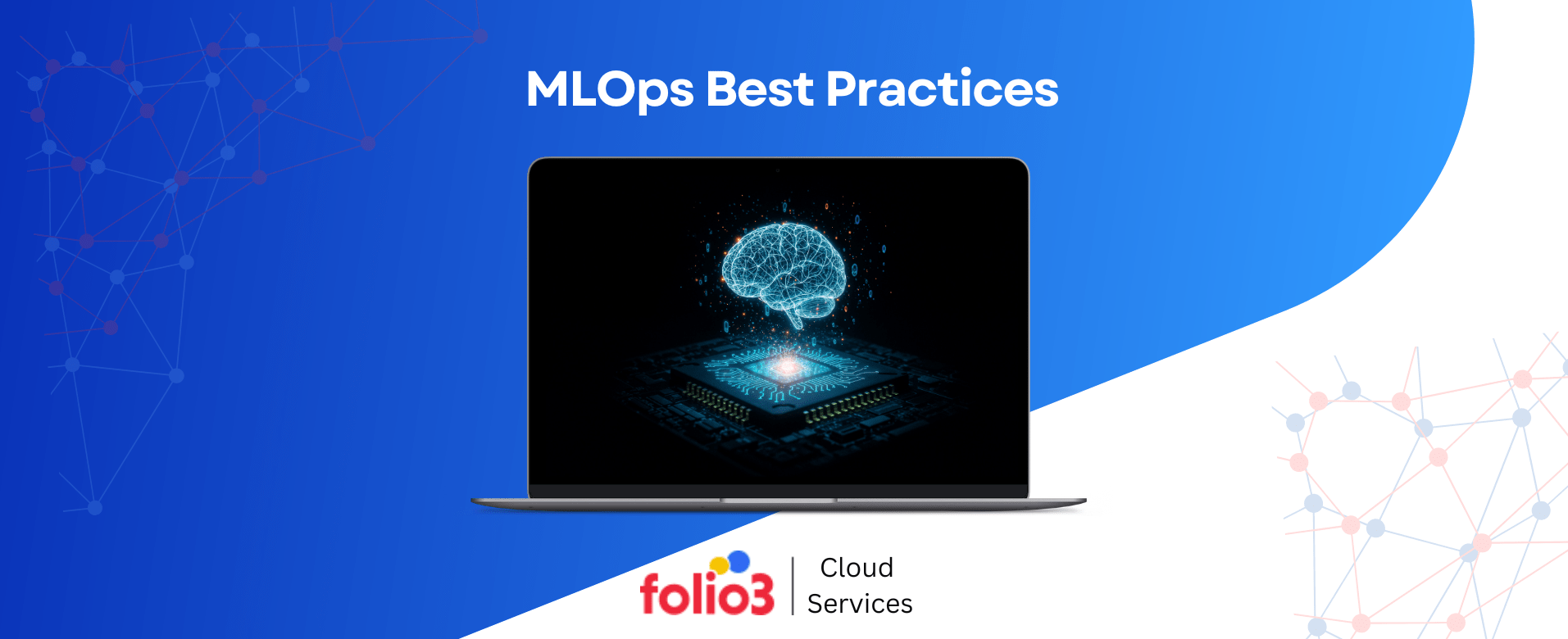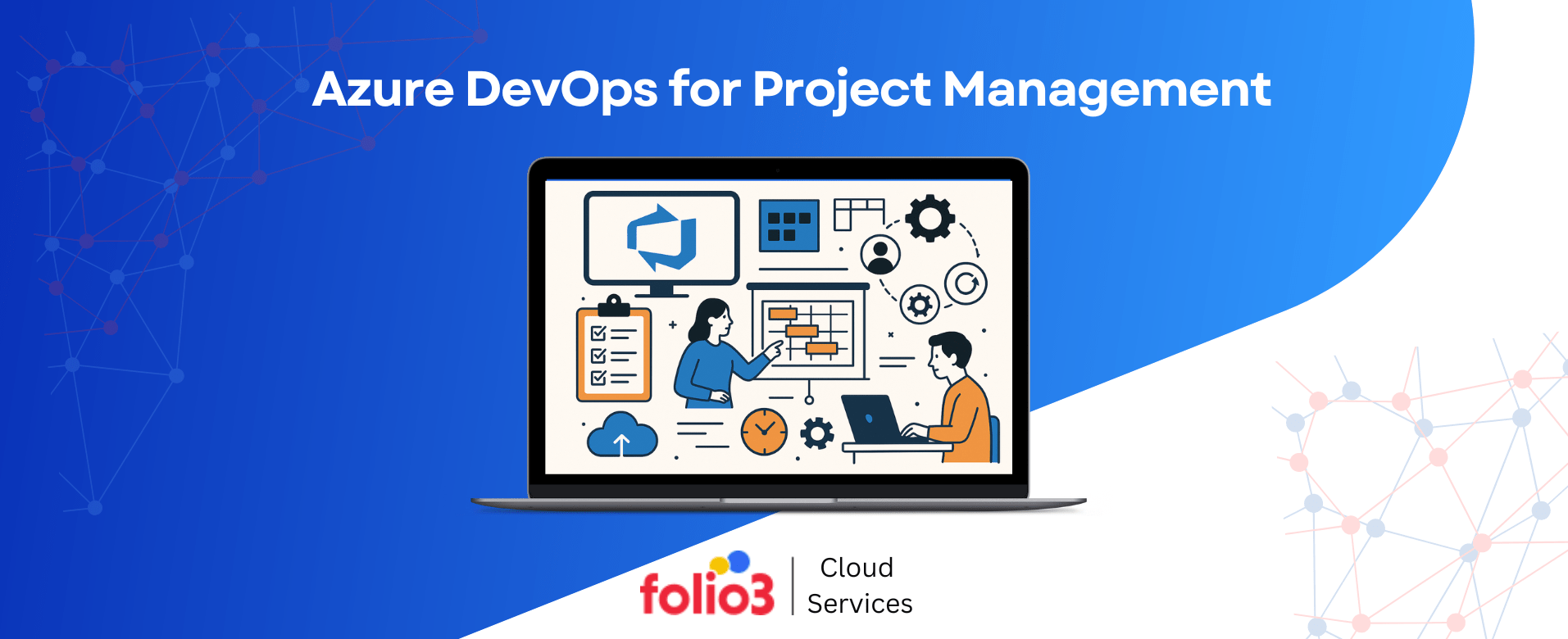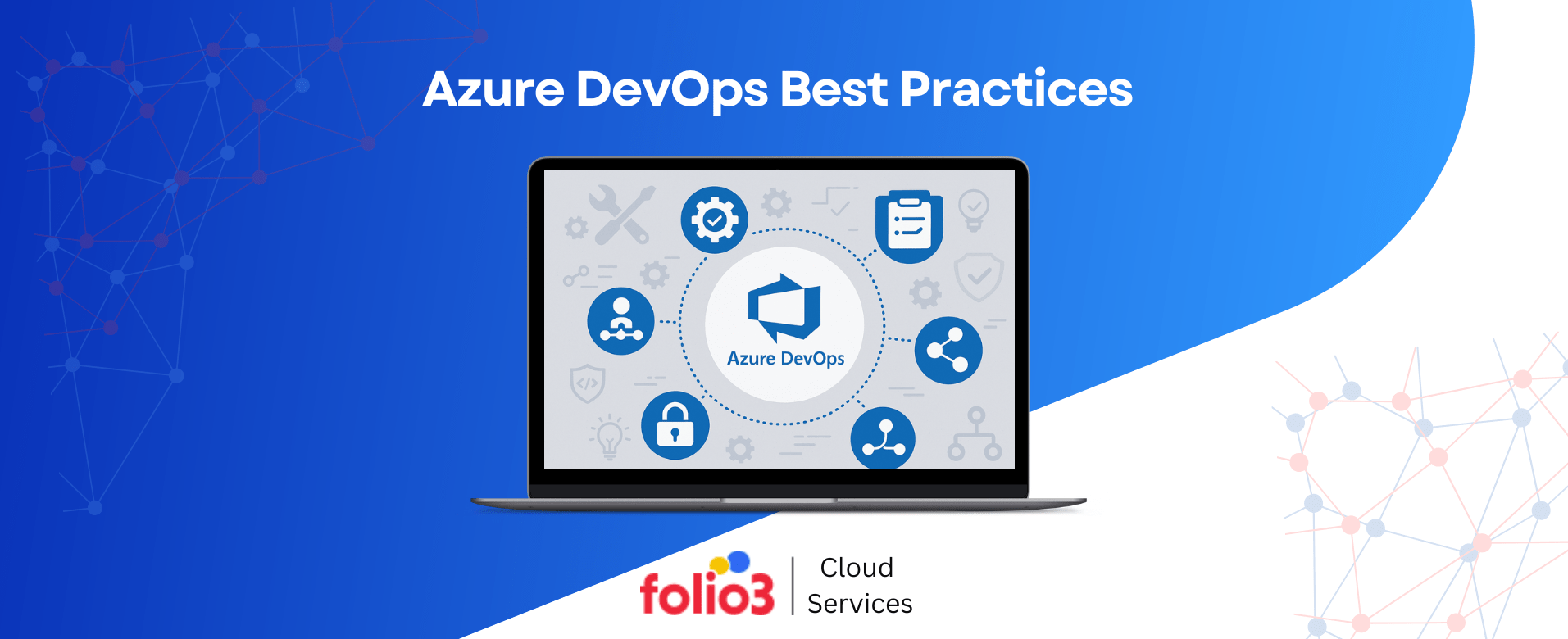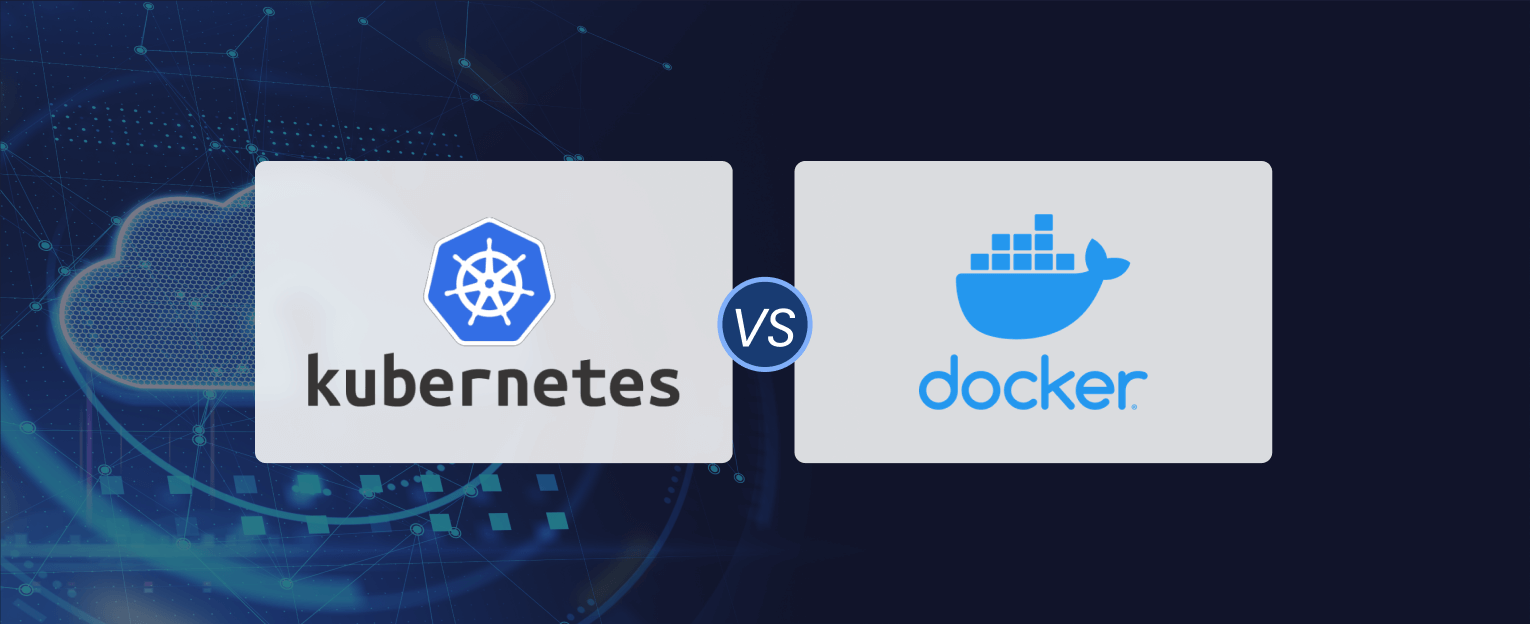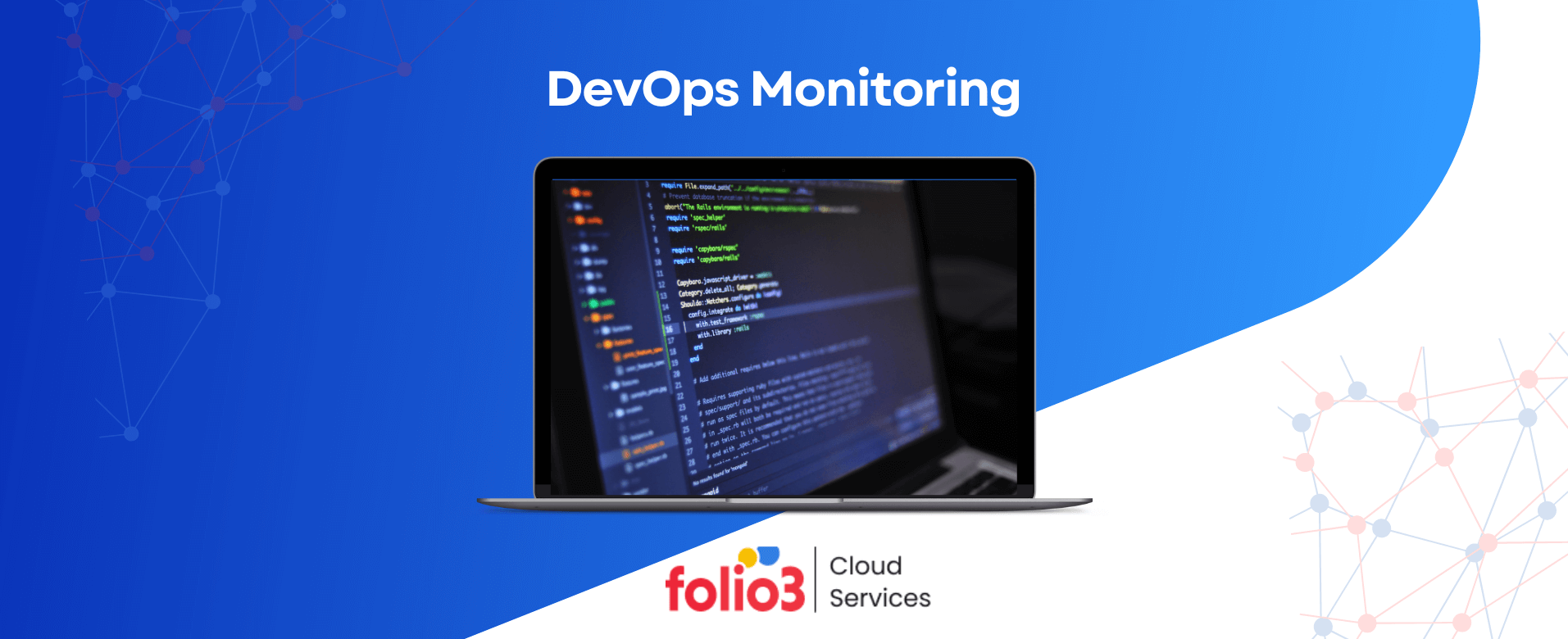The software development world has embraced DevOps as the gold standard for delivering applications faster and more reliably. But as data becomes central to business operations, a new methodology has emerged, DataOps. While these approaches share common roots in agile practices and automation, they address distinctly different challenges in modern enterprise environments.
Understanding when to use DataOps, DevOps, or both can make the difference between struggling with fragmented workflows and achieving streamlined, data-driven operations that actually deliver business value.
What is DevOps?
DevOps fundamentally changed how organizations approach software development by breaking down silos between development and operations teams. This methodology emphasizes continuous integration, automated testing, and rapid deployment cycles, enabling companies to release software updates multiple times per day rather than every few months.
The core principles of DevOps center around automation, collaboration, and continuous improvement. Development teams write code, operations teams manage infrastructure, and both groups work together through shared tools and processes. This collaboration reduces the friction that traditionally slowed software releases and created quality issues.
Modern DevOps implementations typically include automated testing pipelines, infrastructure as code, continuous monitoring, and feedback loops that enable teams to quickly identify and resolve problems. Companies that utilize mature DevOps practices report deploying code 30 times more frequently, with 50% fewer failures, compared to traditional approaches.
The DevOps methodology has proven particularly effective for web applications, mobile apps, and enterprise software where the end product is relatively stable and user requirements evolve incrementally. It focuses on enhancing application security and infrastructure management while fostering collaboration between development and operations teams through structured release cycles.
What is DataOps?
DataOps draws inspiration from DevOps, addressing the unique challenges of data management and analytics delivery. Unlike software applications that have predictable behavior once deployed, data pipelines must handle constantly changing data sources, varying data quality, and evolving business requirements.
The methodology focuses on data processing and analytics, emphasizing data governance and data security throughout the pipeline lifecycle. Data engineers build and maintain pipelines that collect, clean, and transform raw data, while data analysts and scientists use this processed data to generate insights and build models.
DataOps implementations center around continuous integration and delivery tailored to data pipelines, prioritizing data cataloging and metadata management over traditional software version control. The approach facilitates collaboration among data analysts, engineers, and business stakeholders in data-focused roles, creating workflows that adapt to dynamic data requirements and changing business intelligence needs.
Performance monitoring in DataOps focuses on tracking data pipeline performance and analytics monitoring, rather than application uptime. Teams implement data validation, quality testing, and analytics verification processes to ensure the reliable delivery of data. This requires expertise in data engineering, statistics, and analytics tools, utilizing specialized data processing frameworks and analytics platforms.
Key Differences Between DataOps and DevOps
Understanding the distinctions between these methodologies becomes clear when examining their focus areas, implementation approaches, and organizational requirements:
| Parameter | DataOps | DevOps |
| Primary Focus | Data processing and analytics | Software development and deployment |
| Security & Governance | Enhances data governance and data security | Enhances application security and infrastructure management |
| CI/CD | Continuous integration and delivery tailored to data pipelines | Continuous integration and delivery specific to software |
| Data & Code Management | Prioritizes data cataloging and metadata management | Prioritizes version control and code management |
| Collaboration | Facilitates collaboration among data analysts, engineers, and stakeholders in data-focused roles | Supports collaboration between development and operations teams |
| Performance Monitoring | Streamlines data pipeline performance and analytics monitoring | Emphasizes application performance and system monitoring |
| Salary | Typically averages around $100,000 to $150,000 in the United States, varying by location and experience | Generally averages approximately $120,000 to $180,000, with potential for higher earnings |
| Testing Approach | Data validation, quality testing, and analytics verification | Unit testing, integration testing, and automated QA |
| Skill Requirements | Requires expertise in data engineering, statistics, and analytics tools | Demands software development, system administration, and infrastructure skills |
| Delivery Timeline | Adapts to dynamic data requirements and changing business intelligence needs | Follows structured release cycles for stable software products |

Shared Foundations of DevOps & DataOps – Similarities
Both methodologies emerged from the same foundational principles that prioritize collaboration, automation, and continuous improvement. They share several key characteristics that make them natural complements in enterprise environments.
Shared Goals – Automation, Agility, Collaboration, CI/CD
Both focus on automating manual processes to reduce errors and boost efficiency. DevOps automates builds, testing, and deployments. Common DevOps automation examples include CI/CD pipelines and infrastructure as code. DataOps automates data validation, pipeline execution, and quality checks. Both aim to increase agility through faster iterations and stronger collaboration between previously siloed teams.
Standard Practices: Version Control, Testing, Monitoring
Traditional organizational silos create bottlenecks and communication problems. DevOps breaks down barriers between development and operations teams, while DataOps connects data engineers, analysts, and business stakeholders. Both utilize version control systems; however, DevOps focuses on code repositories, while DataOps extends these practices to datasets and data models.
Continuous monitoring enables the rapid detection and resolution of problems across both methodologies. DevOps monitoring focuses on application performance, infrastructure health, and user experience, while DataOps teams concentrate on tracking data quality and pipeline reliability. Both use automated testing frameworks, though the testing strategies differ based on their respective focuses.
DevSecOps and DataSecOps Convergence
The evolution toward DevSecOps and DataSecOps demonstrates how security concerns have become integrated into both methodologies, highlighting the importance of security in these approaches.
DevOps security practices ensure that application protection doesn’t slow down development cycles, embedding security checks directly into the CI/CD pipeline. Meanwhile, DataSecOps addresses data privacy, compliance, and governance requirements without compromising analytical agility.
DataOps + DevOps – A Powerful Pairing
Modern enterprises increasingly recognize that data and software applications are interconnected, making integrated approaches more valuable than treating them separately. Organizations that successfully integrate these methodologies often experience accelerated innovation and enhanced operational efficiency.
Adopting a DevOps application strategy alongside DataOps enables seamless coordination between development, operations, and data teams.

Integrated Delivery Approach
Applications that depend on real-time data require coordinated deployment strategies. When a mobile app needs updated recommendation algorithms, both the application code and underlying data models must be released together. Integrated CI/CD pipelines ensure these dependencies are appropriately managed and deployments occur in the correct sequence, reducing the risk of mismatched versions that could cause application failures.
Expert CI/CD consulting can further streamline these processes, helping organizations implement scalable and reliable deployment workflows.
ML Lifecycle Support
Machine learning applications combine DataOps and DevOps. Data scientists need reliable data pipelines for model training, while engineers require automated workflows for deployment and monitoring. MLOps best practices align both through shared tools and processes across the entire lifecycle, from data ingestion to model serving.
BI & Analytics Enablement
Modern business intelligence platforms embed analytics directly into business applications, requiring close coordination between data and development teams. DataOps ensures the reliable delivery of data, while DevOps manages the application infrastructure that presents insights to users. Together, they enable self-service analytics that empower business users without overwhelming IT teams.
Real-Time Data Pipelines
Applications that process streaming data require both reliable data pipelines and scalable application infrastructure. DevOps practices ensure the underlying systems can handle variable loads, while DataOps practices ensure data quality and processing accuracy. This combination enables real-time personalization, fraud detection, and operational monitoring capabilities that drive competitive advantage.
Organizations that embrace this integration often realize DevOps benefits such as faster response times, reduced downtime, and greater infrastructure resilience.
Cross-Team Collaboration
Shared tools and processes reduce friction between data and development teams, enabling seamless collaboration and integration. Standard version control systems, automated testing frameworks, and monitoring dashboards create visibility across both domains. Teams can coordinate releases, share knowledge, and resolve issues more effectively when they use compatible methodologies and communication practices.
These collaborative practices are also essential during cloud migration services, where synchronized efforts ensure smooth transitions with minimal disruption.
Unified Tooling & Workflows
Enterprise tool chains increasingly support both software development and data operations. Container orchestration platforms, such as Kubernetes, can manage both application deployments and data processing jobs. Shared infrastructure reduces complexity and enables more efficient resource utilization while maintaining the specialized capabilities each team requires.
Practical Use Cases and Examples
Real-world implementations help illustrate how these methodologies address different business challenges and create value in enterprise environments.
DevOps for Software Deployment
Netflix exemplifies mature DevOps practices through its deployment of hundreds of microservices that serve over 200 million subscribers worldwide. Their automated deployment pipeline processes thousands of code commits daily, running extensive testing and gradually rolling out changes to minimize user impact. When issues arise, automated monitoring systems quickly detect problems and trigger rollback procedures to resolve them.
The company’s approach includes feature flags that enable selective activation of new functionality, canary deployments that test changes with small user groups, and comprehensive monitoring that tracks both technical metrics and business outcomes. This enables rapid innovation while maintaining service reliability across their global infrastructure.
Many organizations aiming to replicate this level of maturity often rely on DevOps consulting services to implement similar scalable, automated deployment pipelines.
DataOps in ML Pipelines
Spotify utilizes DataOps practices to power its music recommendation systems, which process billions of user interactions daily. Their data pipeline automatically ingests streaming behavior, validates data quality, and updates recommendation models multiple times per day. When data anomalies occur, automated alerts notify data engineers, who can then investigate and resolve issues quickly without disrupting the user experience.
The company’s approach includes automated data validation that checks for missing values and unexpected patterns, versioned datasets that enable reproducible model training, and A/B testing frameworks that measure the business impact of model improvements. This allows continuous improvement of the user experience through data-driven insights, while maintaining the reliability users expect.
Real-World Industry Examples
Financial institutions, such as JPMorgan Chase, demonstrate how combined approaches enable sophisticated risk management capabilities. Their fraud detection systems require both reliable data pipelines that process transaction data in real-time and scalable applications that can make decisions within milliseconds of a transaction occurring.
The bank’s implementation includes data pipelines that validate transaction data and enrich it with external risk signals, as well as machine learning models that assess the probability of fraud based on historical patterns. Additionally, it features application systems that integrate these insights into customer-facing experiences. A robust DevOps pipeline ensures these applications can handle peak transaction volumes efficiently, while DataOps practices maintain data quality even under heavy loads.
Healthcare organizations, such as Kaiser Permanente, utilize integrated approaches to optimize patient care. Their systems combine real-time patient monitoring data with electronic health records to support clinical decision-making. DataOps ensures accurate patient data flows through analytics pipelines, while DevOps maintains the reliability of clinical applications that physicians depend on for patient care.
Which One Do You Need?
The choice between DataOps, DevOps, or both depends on your organization’s current capabilities, business objectives, and technical requirements. Several factors can guide this decision-making process effectively.
When to Implement DataOps, DevOps, or Both?
Organizations with mature data operations that generate significant business value from analytics typically benefit most from DataOps implementations. Suppose your company makes critical decisions based on data analysis, relies on machine learning for competitive advantage, or has dedicated data science teams. In that case, DataOps can deliver substantial improvements in efficiency and reliability.
Companies that primarily focus on software product development, customer-facing applications, or internal tools typically prioritize DevOps to ensure the reliable delivery of software. For organizations with limited in-house resources, DevOps outsourcing is a practical way to accelerate automation, CI/CD, and system reliability without overextending internal teams.
Businesses building both data-driven products and traditional applications often find the highest returns from integrated approaches that coordinate both methodologies.
How to Decide Based on Data Maturity, Team Structure, and Project Goals?
Assessing your organization’s data maturity provides crucial guidance for implementation decisions. Companies with basic reporting needs and limited analytics capabilities might achieve better results by first establishing solid DevOps practices for their core applications, then expanding into DataOps as their data sophistication increases.
Partnering with experienced DataOps services can accelerate this transition by helping define scalable pipelines and governance frameworks.
Team structure significantly influences methodology selection. DevOps requires close collaboration between development and operations teams, along with skills in automation, infrastructure management, and continuous integration and delivery. DataOps additionally requires data engineering expertise, statistical knowledge, and understanding of analytics tools and processes.
Project goals and business impact considerations help prioritize implementation efforts. Companies competing based on data-driven insights or operating in heavily regulated industries often find DataOps more immediately valuable. Organizations focused on delivering a reliable customer experience through their applications typically prioritize DevOps implementation first.
Implementation timelines and resource availability also play a role in decision-making. Both methodologies require significant cultural and technical changes that take time to implement effectively. DevOps transformations typically take 12-18 months to mature, while DataOps implementations can take longer due to the complexity of data governance and quality management requirements.
FAQs
What is the difference between DataOps and DevOps?
DataOps focuses on data processing and analytics delivery, emphasizing data governance and quality management throughout pipeline lifecycles. DevOps centers on software development and deployment, prioritizing application reliability and infrastructure automation. While both share foundational principles of automation and collaboration, they address different technical challenges and require distinct skill sets.
Can DataOps and DevOps work together?
Yes, DataOps and DevOps complement each other effectively in modern enterprises. Many organizations implement both approaches to address comprehensive technology needs, with DataOps handling data pipeline reliability and DevOps managing application deployment.
Is DataOps just DevOps for data?
DataOps is not simply DevOps applied to data. While it shares foundational principles with DevOps, DataOps addresses unique challenges, such as data quality management, schema evolution, and analytics delivery, that are not present in traditional software development.
What are the benefits of combining DataOps and DevOps?
Combined approaches enable integrated delivery pipelines, coordinated machine learning model deployments, real-time data processing capabilities, and improved collaboration between data and development teams. Organizations implementing both methodologies report faster time-to-market for data-driven features, improved reliability across both applications and analytics, and more efficient resource utilization through shared infrastructure and processes.
Conclusion
DevOps and DataOps are not competing but complementary practices, each critical for modern software and data-driven innovation. While DevOps streamlines development and deployment, DataOps ensures data pipelines are agile, reliable, and scalable. Together, they empower organizations to move faster, make smarter decisions, and operate more efficiently.For businesses seeking to implement tailored cloud, DevOps, or DataOps solutions, Folio3’s Cloud Services provide expert guidance and end-to-end support to accelerate transformation and deliver tangible business value.

